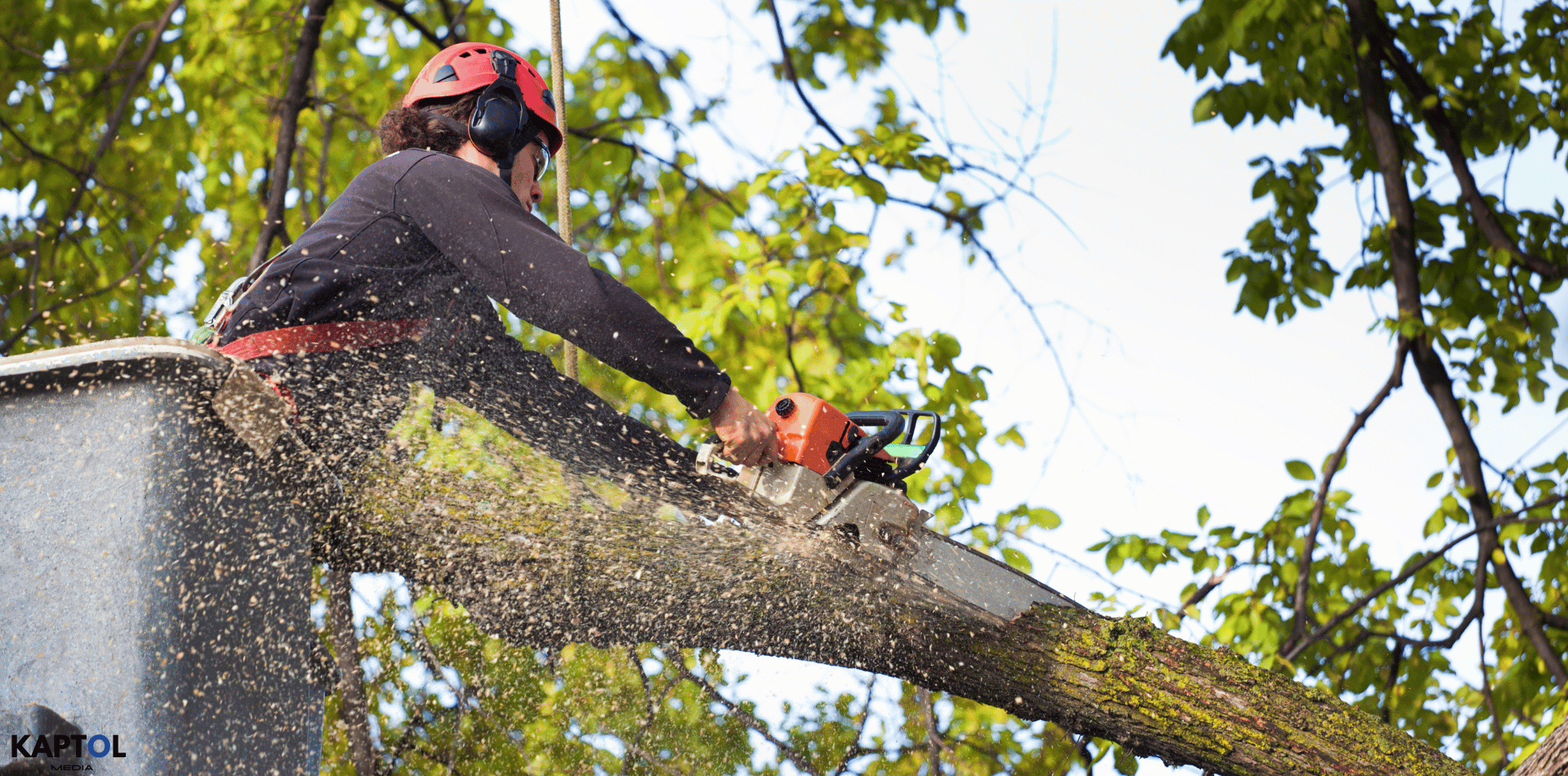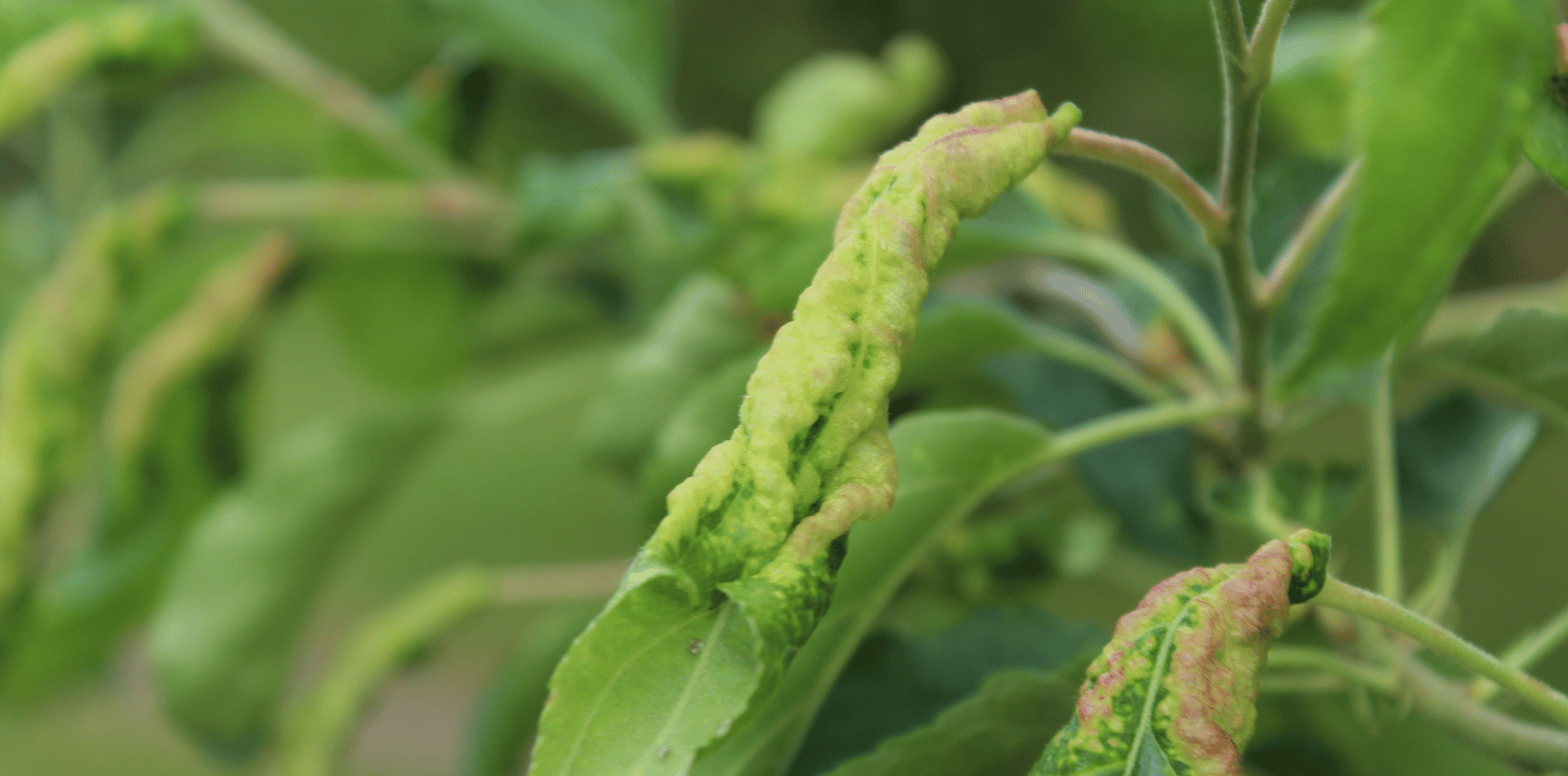Preserving Your Landscape: When is Tree Removal the Right Choice
When is Tree Removal the Right Choice?
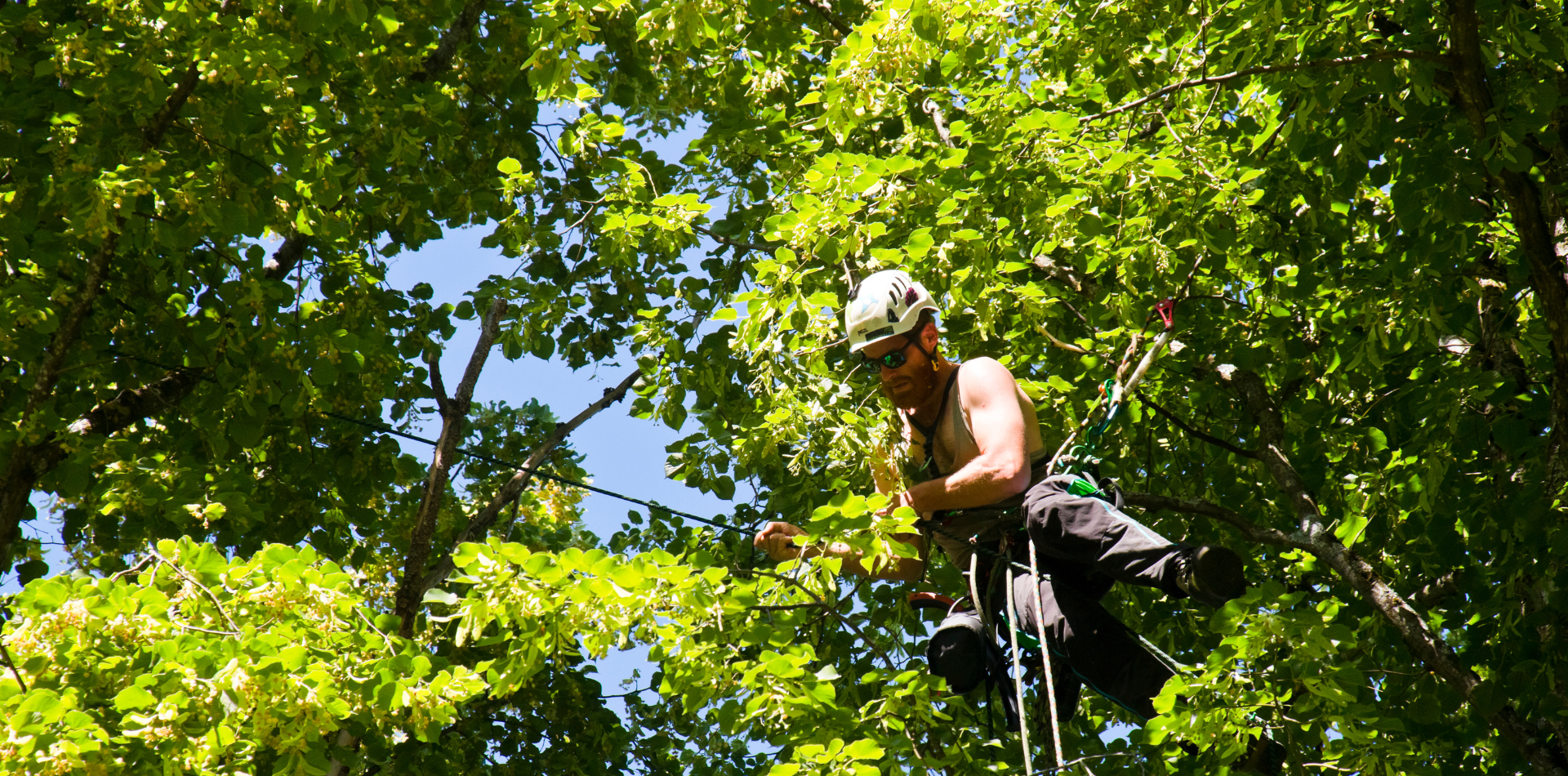
The lush canopy of trees gracing our landscapes contributes to the beauty, tranquility, and ecological balance of our surroundings.
Trees provide shade, improve air quality, and support wildlife habitats. However, there are times when tree removal becomes a necessary step in maintaining the overall health and safety of your landscape.
Let's look at some important factors to help guide you in making informed decisions about when tree removal is the right choice and how to ensure the preservation of your landscape.
Understanding the Landscape Ecosystem
A healthy landscape is a harmonious ecosystem where various elements interact to create a balanced environment. Trees play a pivotal role in this ecosystem, offering shade, oxygen production, and a habitat for birds and other wildlife. However, there are circumstances when certain trees may pose risks to the overall ecosystem.
Disease and Decay:
Trees that are infected with diseases or plagued by decay can spread the affliction to other nearby plants, jeopardising the entire landscape. Fungi, pests, and environmental stressors can compromise a tree's vitality, leaving it vulnerable to collapse. Regular inspections by arborists can identify signs of disease or decay early, allowing for targeted removal before it spreads.
Structural Instability:
Trees with weakened or compromised structures can pose a significant threat to property and safety. Leaning trees, split trunks, or large dead branches that overhang buildings, walkways, or power lines are signs of potential danger. In such cases, professional tree removal becomes essential to prevent accidents during storms or high winds.
Invasive Species and Overcrowding:
Some tree species have invasive tendencies, outcompeting native plants and disrupting the natural balance of the landscape. Similarly, overcrowding of trees can lead to unhealthy competition for sunlight, water, and nutrients. Removing invasive or overcrowded trees is a step toward restoring equilibrium to the ecosystem.
Benefits of Informed Tree Removal
While it may seem counterintuitive to remove trees from your landscape, there are several benefits to doing so when the situation demands it.
Safety First:
The safety of your property, loved ones, and neighbours is paramount. Removing hazardous trees eliminates the risk of falling branches or entire trees during inclement weather, reducing the likelihood of damage to structures or injury to people.
Enhanced Aesthetics:
Tree removal can significantly improve the visual appeal of your landscape. By eliminating trees that obstruct views or cast shadows over desirable areas, you can create open, well-lit spaces that are more inviting and enjoyable.
Healthier Ecosystem:
Removing diseased or invasive trees can prevent the spread of diseases to healthy plants and ensure that native species thrive. This contributes to a stronger and more balanced ecosystem that supports local wildlife and preserves biodiversity.
Space for Growth:
Removing overcrowded or struggling trees provides more room for remaining trees and plants to flourish. This encourages healthier growth and better resource allocation.
Property Value:
A well-maintained landscape enhances the value of your property. By addressing potentially hazardous or unsightly trees, you can increase your property's appeal to potential buyers or tenants.
Making Informed Decisions
While the decision to remove a tree should not be taken lightly, there are several factors to consider when evaluating whether tree removal is the right choice.
Consulting Professionals:
It's essential to seek guidance from certified arborists or tree removal experts. They possess the knowledge and experience to assess the health and structural integrity of trees accurately. Their expertise ensures that only trees with irreparable damage or posing risks are removed.
Tree Health Assessment:
Regular tree health assessments can identify signs of disease, decay, or pest infestations early on. Prompt action can prevent the spread of issues to neighbouring trees and enable targeted interventions before removal becomes the only option.
Risk Evaluation:
Assess the potential risks posed by the tree. If it's located near structures, power lines, or areas frequented by people, the likelihood of accidents during storms or high winds increases. Removing high-risk trees is a proactive step to prevent property damage and injury.
Long-Term Landscape Plan:
Consider your long-term landscaping goals. If a tree no longer aligns with your vision for your outdoor space, its removal might be a strategic move to achieve your desired aesthetics and functionality.
Native Species Promotion:
Prioritise native trees that are well-suited to your region's climate and soil conditions. Removing non-native or invasive species can protect the integrity of the local ecosystem and promote the growth of trees that naturally belong in your area.
Preserving your landscape involves making thoughtful and informed decisions about tree removal. While trees offer numerous benefits, there are times when their removal becomes necessary to ensure safety, promote a healthy ecosystem, and create a visually appealing outdoor space. By working with certified professionals, regularly assessing tree health, and considering the overall landscape plan, homeowners can make choices that preserve the beauty, functionality, and safety of their outdoor environment.
Remember, responsible tree removal is not about removing trees haphazardly but rather about safeguarding the long-term health and vitality of your landscape.


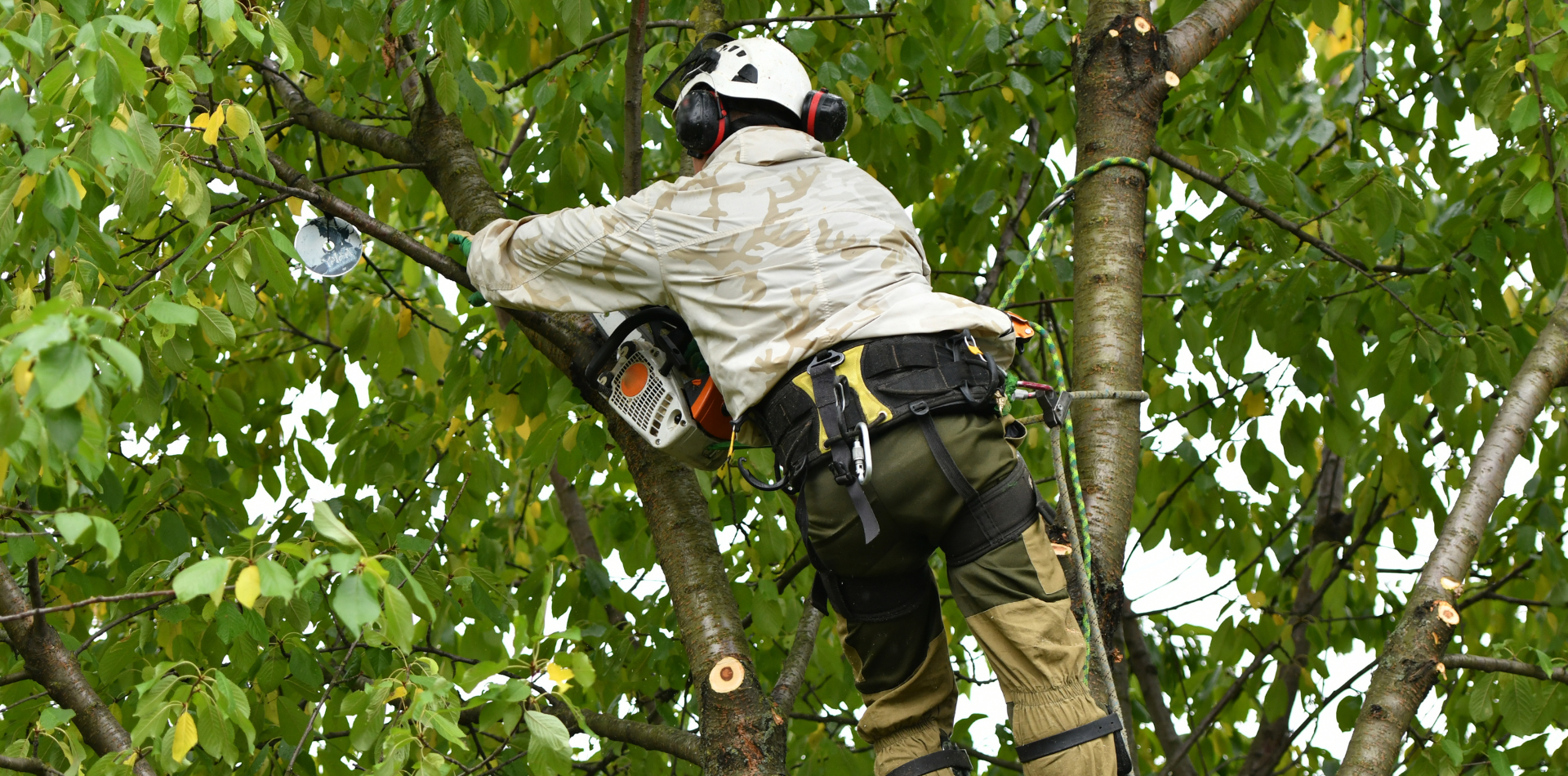
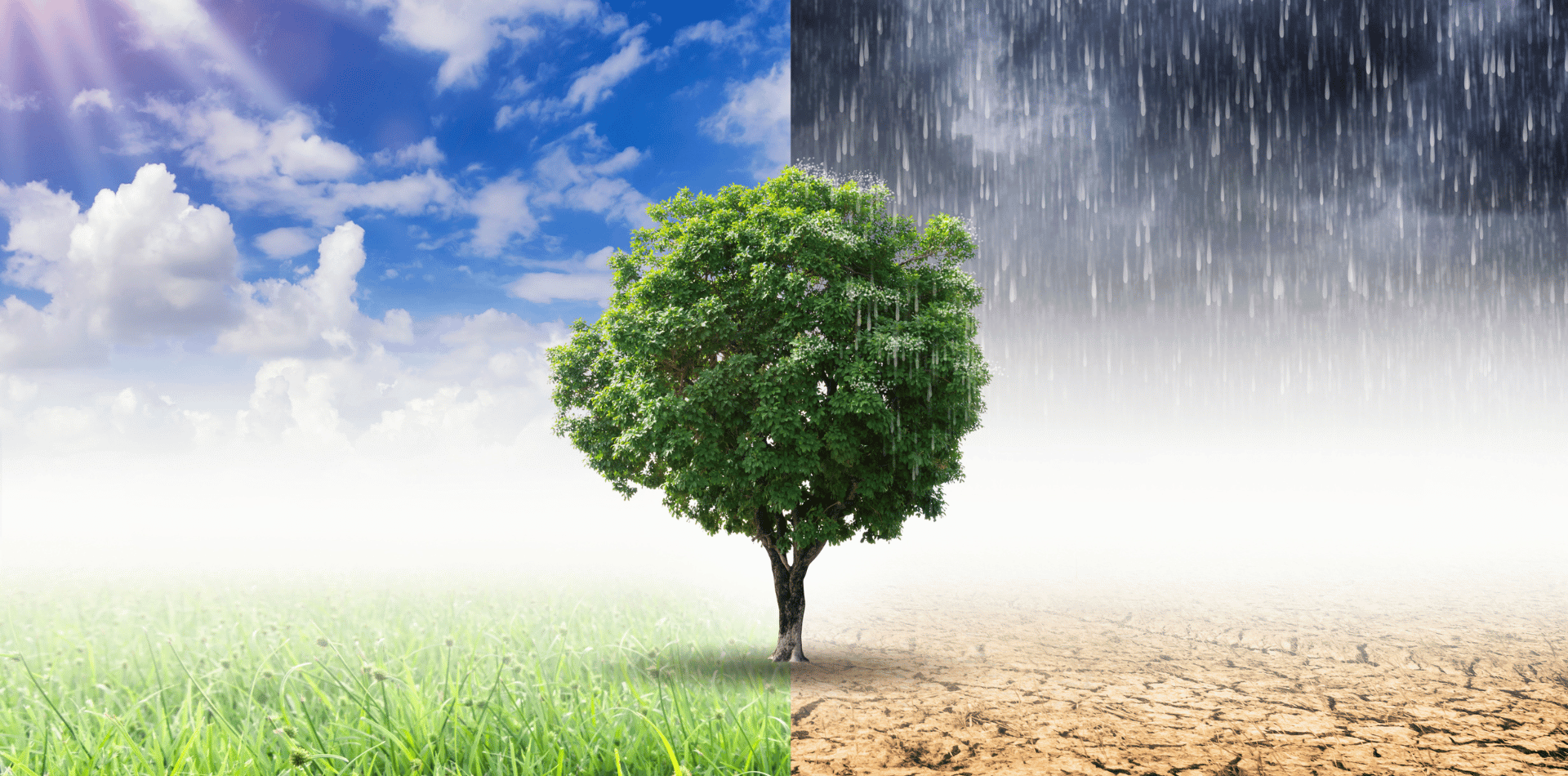
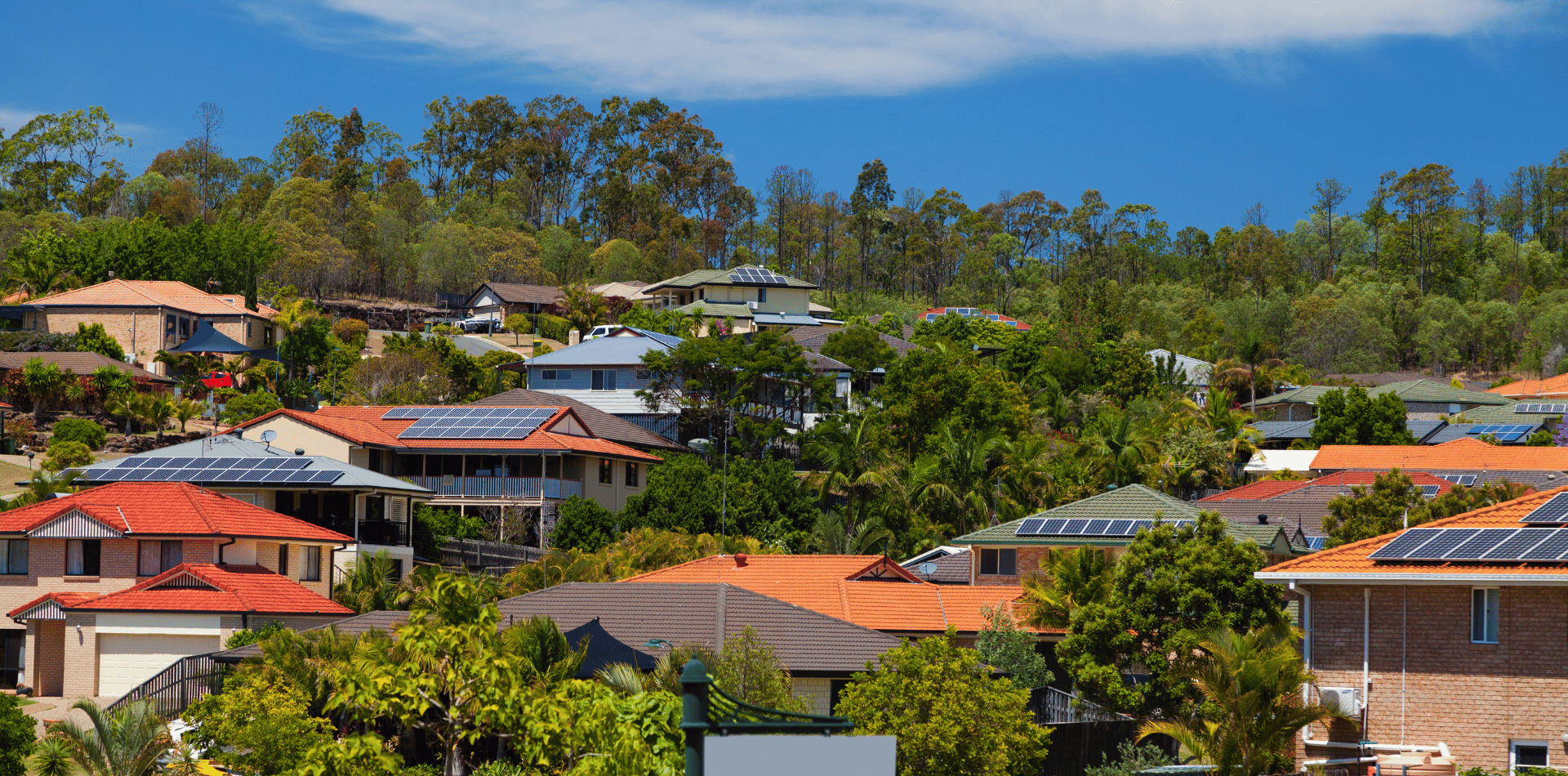
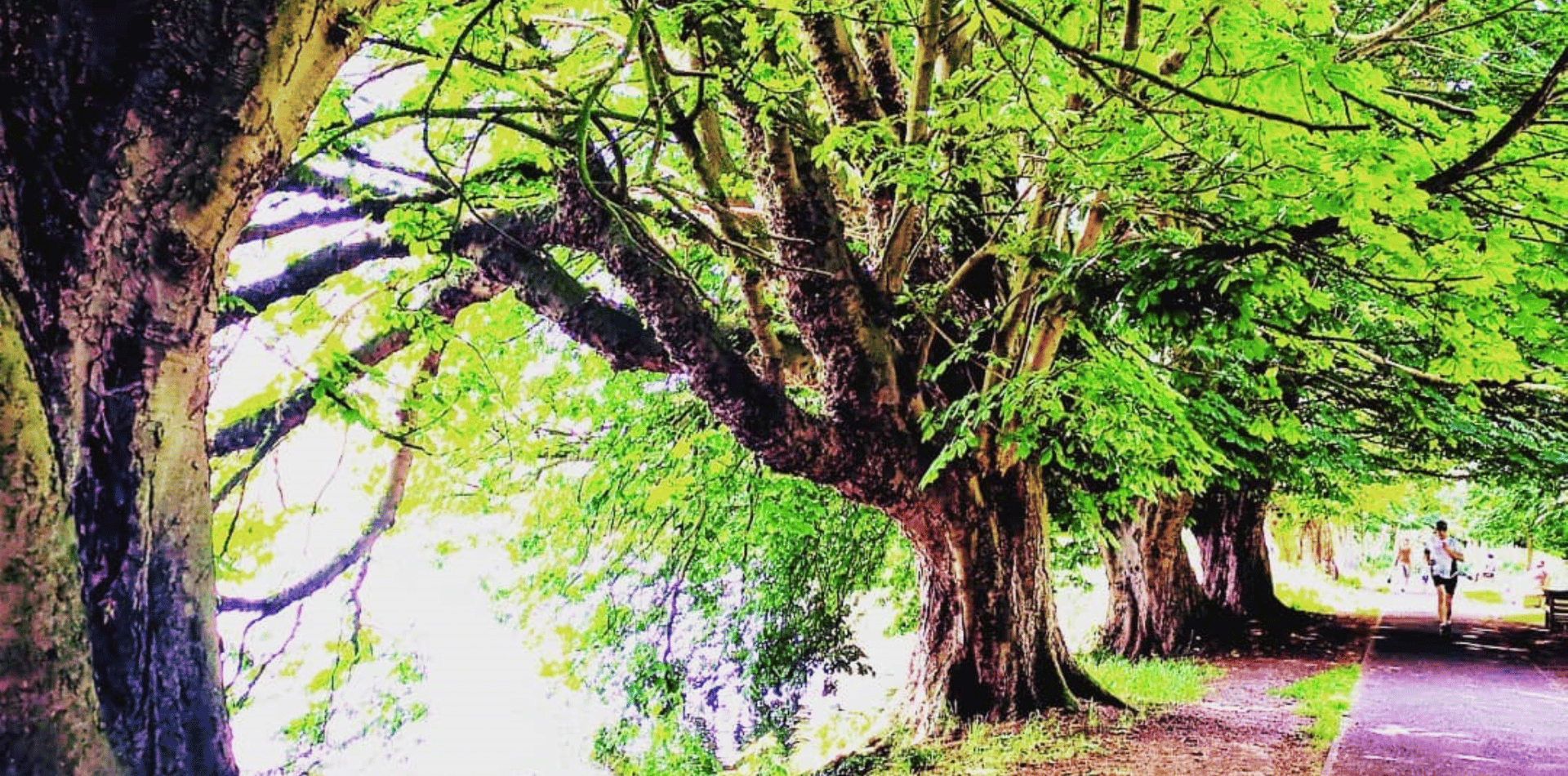
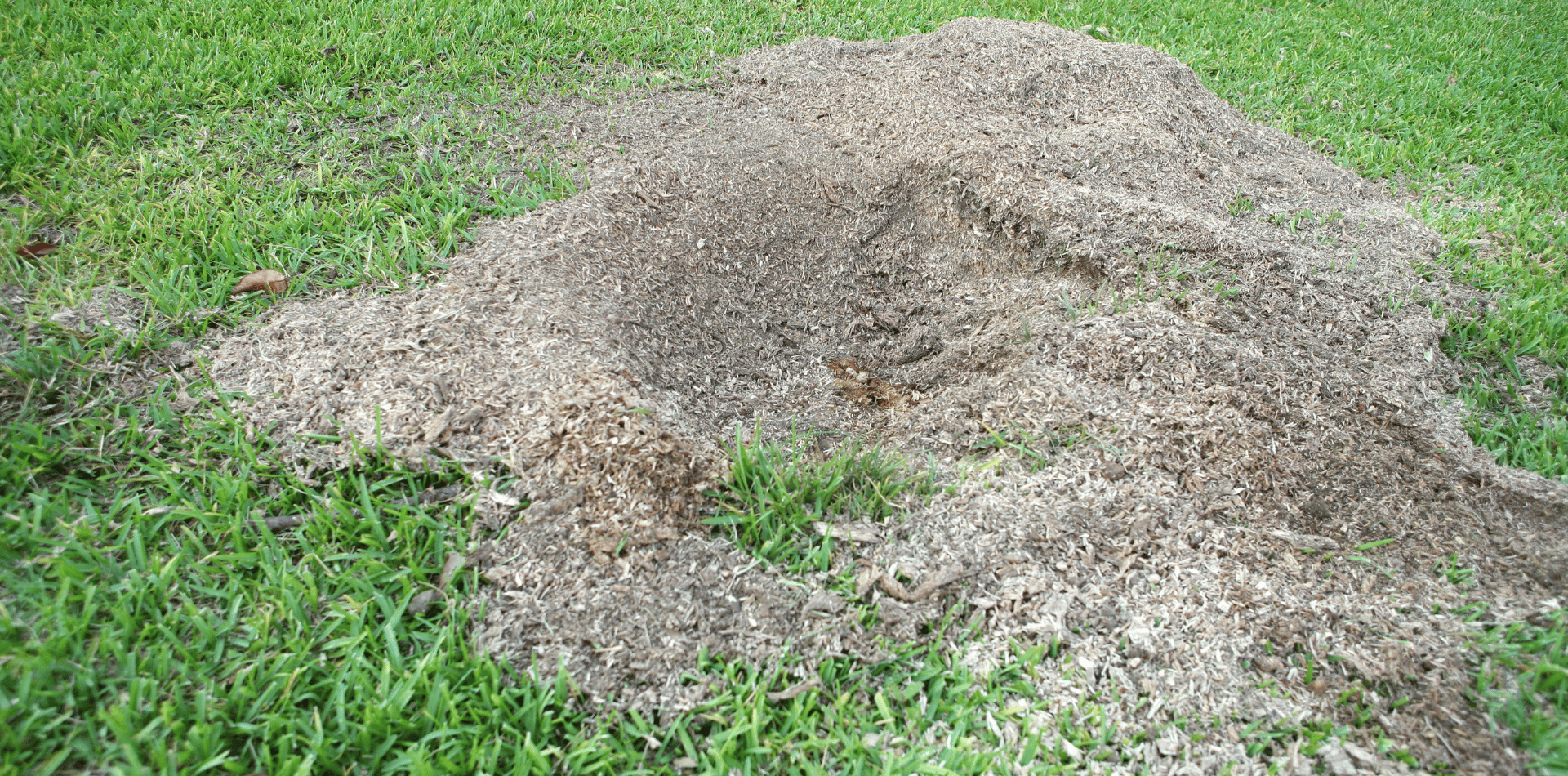

Contact
Kaptol Tree Removal Newcastle
A Member of the Kaptol Group
Powered by Kaptol Media

